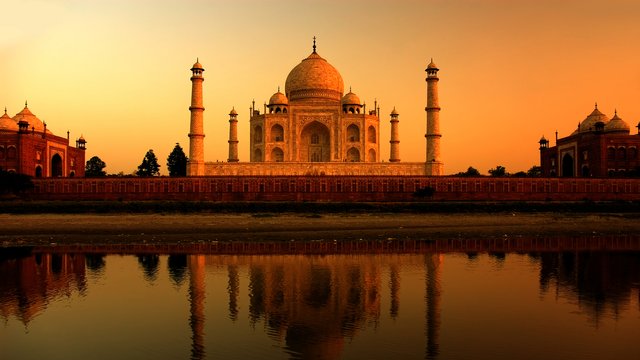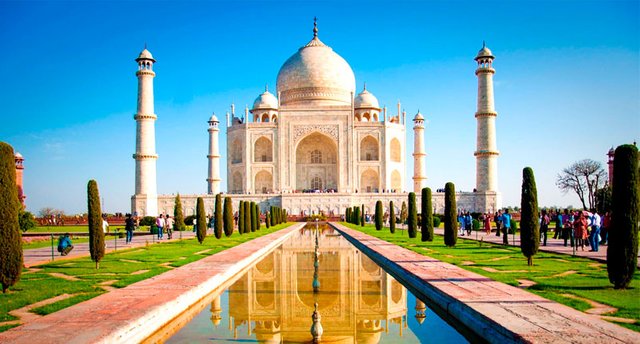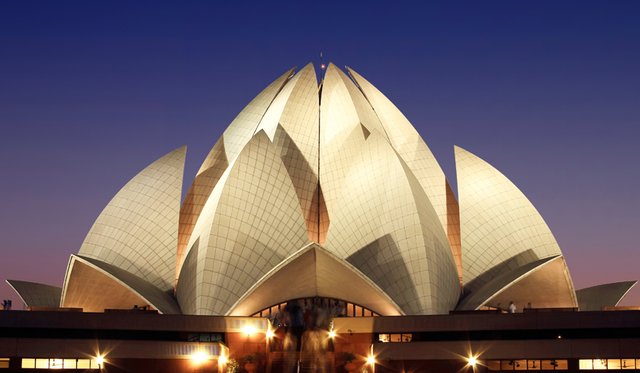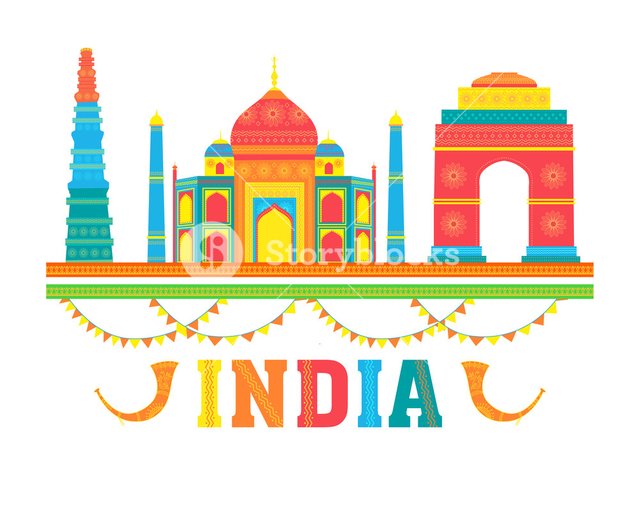INDIA: An introduction
The country which does not require its introduction. you can ask anybody in the world about it.
HISTORY in brief
The Indian subcontinent was home to the urban Indus Valley Civilisation of the 3rd millennium BCE. In the following millennium, the oldest scriptures associated with Hinduism began to be composed. Social stratification, based on caste, emerged in the first millennium BCE, and Buddhism and Jainism arose. Early political consolidations took place under the Maurya and Gupta empires; the later peninsular Middle Kingdoms influenced cultures as far as southeast Asia. In the medieval era, Judaism, Zoroastrianism, Christianity, and Islam arrived, and Sikhism emerged, all adding to the region's diverse culture. Much of the north fell to the Delhi sultanate; the south was united under the Vijayanagara Empire. The economy expanded in the 17th century in the Mughal Empire. In the mid-18th century, the subcontinent came under British East India Company rule, and in the mid-19th under British crown rule. A nationalist movement emerged in the late 19th century, which later, under Mahatma Gandhi, was noted for nonviolent resistance and led to India's independence in 1947.
TODAY
India is the seventh largest country in the world. It is the main part of the Indian subcontinent. The countries next to India are Pakistan, Bangladesh, Myanmar, China, Bhutan, and Nepal. It is also near Sri Lanka, an island country.
India is a peninsula, which means that it is surrounded on three sides by water. One of the seven wonders of the world is in Agra: the Taj Mahal. In the west is the Arabian Sea, in the south is the Indian Ocean, and in the east is the Bay of Bengal. The northern part of India has many mountains. The most famous mountain range in India is the Himalayas, which have some of the tallest mountains in the world. There are many rivers in India. The main rivers are the Ganges, the Brahmaputra, the Yamuna, the Godavari, the Kaveri, the Narmada, and the Krishna.
India has different climates. In the South, the climate is mainly tropical, which means it can get very hot in summer and cool in winter. The northern part, though, has a cooler climate, called sub-tropical, and even alpine in mountainous regions. The Himalayas, in the alpine climate region, can get extremely cold. There is very heavy rainfall along the west coast and in the Eastern Himalayan foothills. The west, though, is drier. Because of some of the deserts of India, all of India gets rain for four months of the year. That time is called the monsoon. That is because the deserts attract water-filled winds from the Indian Ocean, which give rain when they come into India. When the monsoon rains come late or not so heavily, droughts (when the land dries out because there is less rain) are possible. Monsoons normally come around July - August.
For administration purposes, India has been divided into smaller pieces. Most of these pieces are called states, some are called union territories. States and union territories are different in the way they are represented. Most union territories are ruled by administrators sent by the central government. All the states, and the territories of Delhi, and Puducherry elect their local government themselves. In total, there are twenty-nine states, and seven union territories
There are 1.21 billion people living in India. India is the second largest country by the number of people living in it, with China being the first. Experts think that by the year 2030, India will be the first. About 65% of Indians live in rural areas, or land set aside for farming. The largest cities in India are Mumbai, Kolkata, Delhi, Chennai, Bangalore, Hyderabad, and Ahmedabad. India has 23 official languages. Altogether, 1,625 languages are spoken in India.
India sent a spacecraft to Mars for the first time in 2014. That made it the fourth country and only Asian country to do so. India is the only country to be successful in its very first attempt to orbit Mars. It was called the Mars Orbiter Mission.
ISRO launched 104 satellites in a single mission to create world record. India became the first nation in the world to have launched over a hundred satellites in one mission. That was more than the 2014 Russian record of 37 satellites in a single launch.





.jpg)